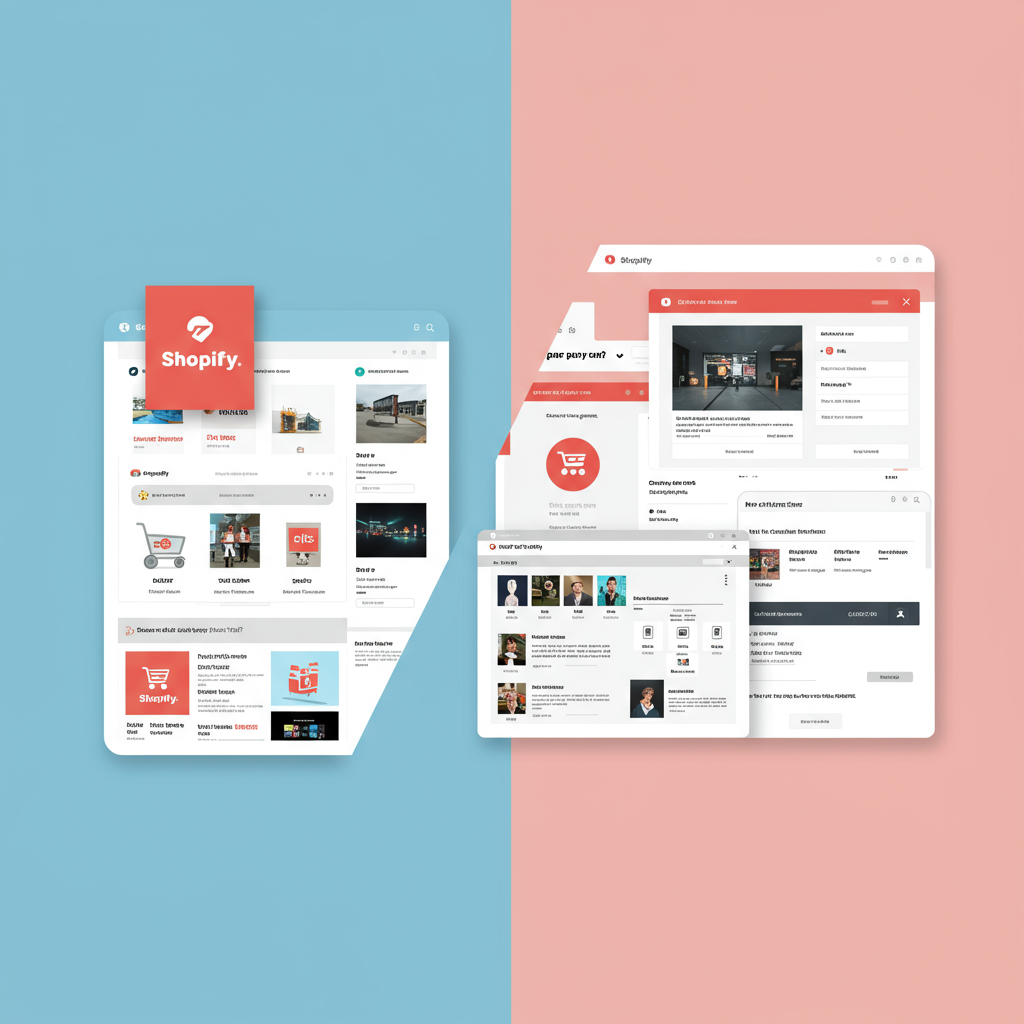A Merchant’s Guide to Understanding Development Expenses
As a merchant navigating the vast ocean of e-commerce, one of the most critical decisions you’ll face is how to build your online store.
Specifically, if you’re on Shopify, this often boils down to a fundamental choice: do you opt for a pre-built theme, or do you invest in custom development?
This isn’t just a design choice; it’s a significant financial one, impacting your initial outlay and long-term operational costs.
Today, I want to break down the cost implications of both approaches, offering you a clear perspective from someone who’s been there.
Let’s start by exploring the world of Shopify themes.
Shopify themes are essentially pre-designed templates that provide the foundational structure and aesthetics for your online store.
They come packed with various features, layouts, and styling options, allowing you to get up and running relatively quickly.
The primary advantage here is speed and affordability.
Many themes are available for free directly from Shopify, offering a fantastic starting point for new businesses or those with limited budgets.
For more advanced features or unique designs, you can purchase premium themes from the Shopify Theme Store or third-party marketplaces.
These typically range from $180 to $350 for a one-time purchase.
While the theme itself is a one-time cost, remember that you might also incur ongoing expenses for apps.
Apps extend your store’s functionality, adding features like advanced filtering, loyalty programs, or subscription services.
Many essential apps operate on a monthly subscription model, which can add up over time.
So, while the theme cost is low, the total cost of ownership for a theme-based store includes these recurring app fees.
Now, let’s pivot to custom Shopify development.
This approach involves hiring developers or an agency to build your store from the ground up, tailoring every aspect to your precise specifications.
It’s like commissioning a bespoke suit versus buying one off the rack.
The main benefit is unparalleled uniqueness and functionality.
You get a store that perfectly reflects your brand, optimized for your specific business processes and customer journey.
This can be a significant competitive advantage, especially in crowded markets.
However, the cost implications are vastly different.
Custom development typically involves substantial upfront investment.
Agencies might charge anywhere from $10,000 to well over $100,000, depending on the complexity, features, and the agency’s reputation.
This cost covers design, front-end development, back-end integrations, and rigorous testing.
Beyond the initial build, you’ll also need to factor in ongoing maintenance, updates, and potential future enhancements.
These can be significant, as you’re relying on specialized skills to keep your unique platform running smoothly.
So, how do you decide?
Consider your budget first. If you’re bootstrapping, a theme is your best friend.
Next, think about your unique needs. Do you have highly specific functionalities that no off-the-shelf app can provide?
What about your long-term vision? Are you planning rapid scaling that might require custom integrations down the line?
A hybrid approach is also common: start with a theme, launch quickly, and then gradually invest in custom development for specific features as your business grows and revenue allows.
This allows you to test the market without a massive initial outlay.
Ultimately, the choice between a Shopify theme and custom development is a strategic business decision.
It’s about balancing immediate costs with long-term goals, brand identity, and functional requirements.
I hope this breakdown helps you make an informed decision for your e-commerce journey.
What do you think about this article?






